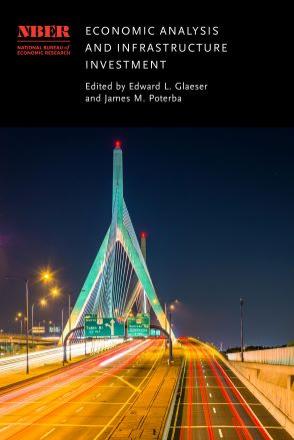When and How to Use Public-Private Partnerships in Infrastructure: Lessons from the International Experience

In the last 30 years public-private partnerships (PPPs) have emerged as a new organizational form to provide public infrastructure. Governments find them attractive because PPPs can be used to avoid fiscal check-and-balances and increase spending. At the same time, PPPs can lead to important efficiency gains, especially for transportation infrastructure. These gains include better maintenance, reduced bureaucratic costs, and filtering white elephants. For these gains to materialize, it is necessary to set up a governance structure that is more sophisticated than the governance of traditional infrastructure provision. The governance structure can be complemented with variable-term contracts that allocate demand risk efficiently. It should also avoid opportunistic renegotiations, which have been pervasive. The good news is that, based on the experience with PPPs over the last three decades, we have learnt how to cope with these challenges.
-
Copy CitationEduardo Engel, Ronald D. Fischer, and Alexander Galetovic, Economic Analysis and Infrastructure Investment (University of Chicago Press, 2020), chap. 6, https://www.nber.org/books-and-chapters/economic-analysis-and-infrastructure-investment/when-and-how-use-public-private-partnerships-infrastructure-lessons-international-experience.Download Citation
-


